Dance trends have a funny way of taking over the world—and then vanishing as if they never existed. From funky moves that filled disco floors to routines every school kid practiced in their bedroom, these forgotten dance crazes were once the thing.
They didn’t just define parties—they defined entire generations, leaving a trail of sore muscles and questionable home videos in their wake.
Whether you were twisting, moonwalking, or awkwardly trying to master a complicated sequence that looked way easier on TV, these trends were impossible to escape.
They swept through dance floors, gym class talent shows, and family weddings with equal fervor. And while some have faded into the mists of time, their charm (and cringe-factor) lives on in memory.
The Charleston
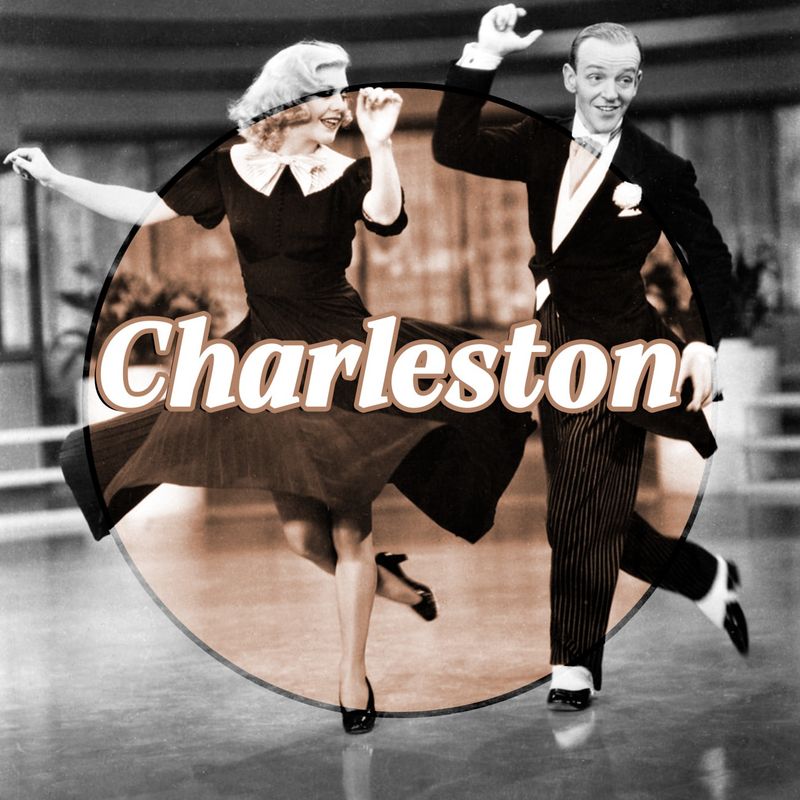
The Charleston was the epitome of the Roaring Twenties, capturing the carefree spirit of the era. Originating in African-American communities, it quickly became a national sensation.
This dance involved wild arm movements and fast-paced footwork, often accompanied by jazz music. The Charleston symbolized the breaking of norms, as women danced with newfound freedom.
Though its popularity waned by the 1930s, the Charleston’s influence persisted in future dance styles. Revivals in films and shows keep this vibrant dance alive, reminding us of its vital role in dance history.
The Lindy Hop
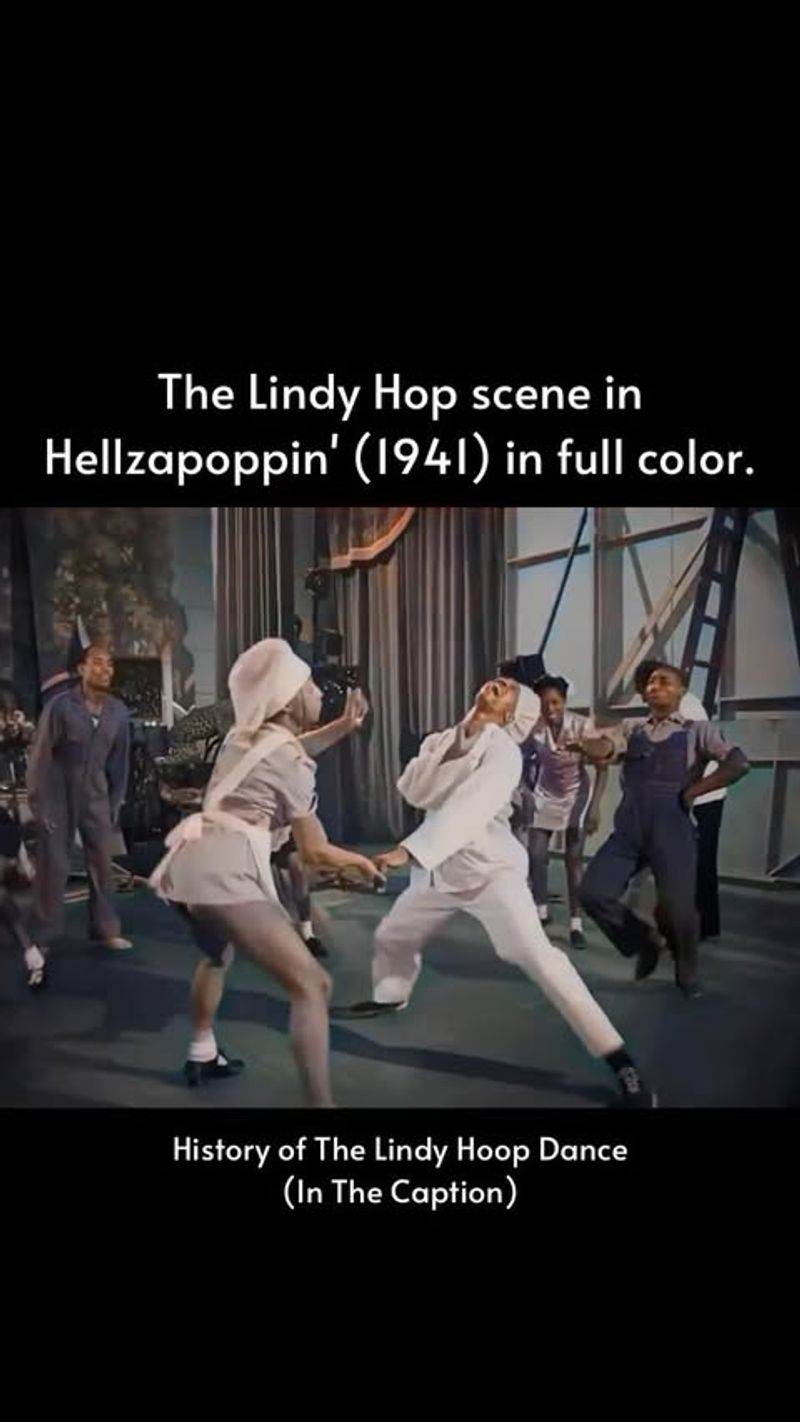
The Lindy Hop emerged in Harlem in the late 1920s, flourishing through the 1930s. This lively swing dance blended jazz, tap, and breakaway.
Dancers would perform acrobatic moves, characterized by high energy and improvisation. The ballroom became a place of expression and joy.
Although its popularity declined after World War II, the Lindy Hop remains a beloved part of swing dance culture. Its legacy thrives in modern swing communities, keeping the spirit of this dance alive for new generations to discover.
The Twist
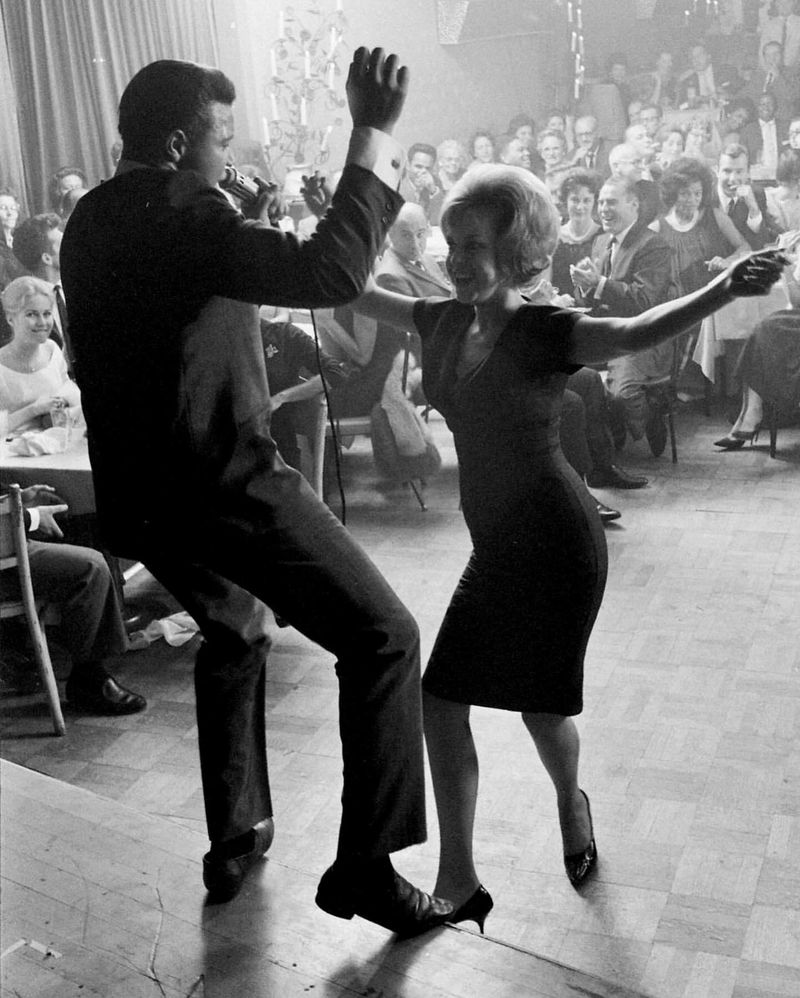
The Twist became a worldwide dance craze in the early 1960s, popularized by Chubby Checker’s hit song. It was simple yet infectious.
Dancers would twist their hips to the rhythm, embodying the rebellious youth culture of the time. It was accessible to everyone, making it a universal dance.
The Twist’s impact on popular culture was profound, influencing music, fashion, and social norms. Its legacy endures, often revived in nostalgic tributes to the swinging sixties.
The Jitterbug
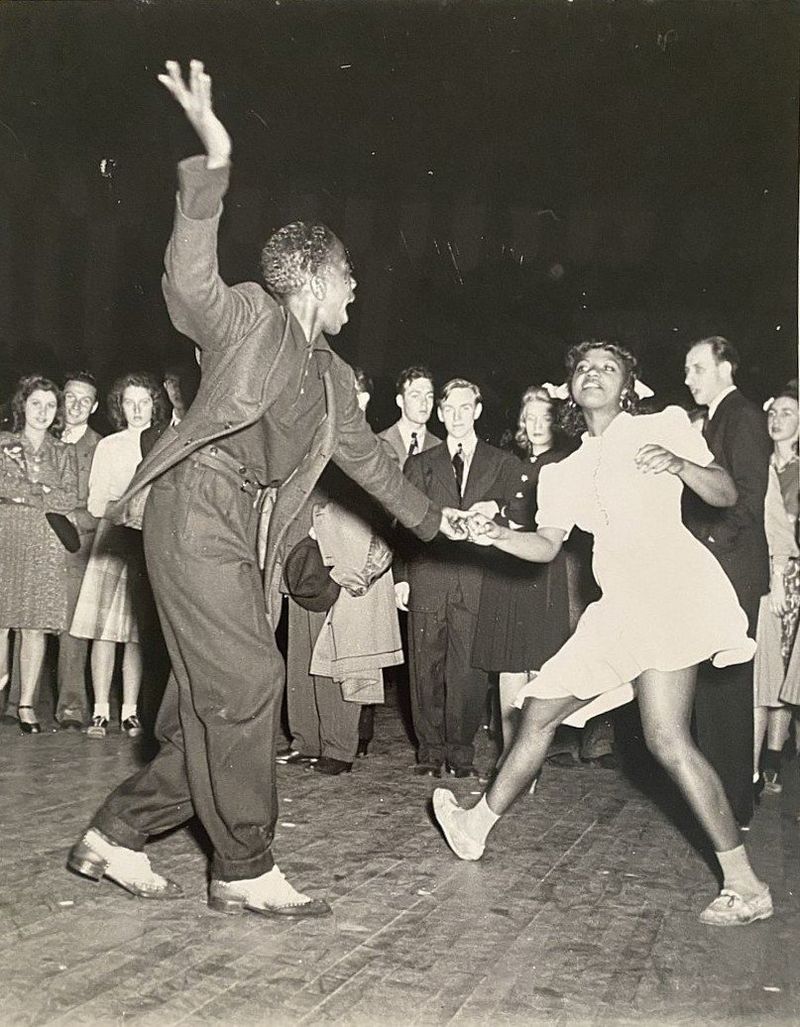
The Jitterbug was a popular dance of the 1940s, with roots in the African-American community. It reflected the upbeat spirit of the swing era.
This dance involved quick steps, spins, and playful energy, making it a favorite at dance halls and parties. It encouraged creativity and connection between partners.
Though overshadowed by rock and roll in the 1950s, the Jitterbug’s influence persisted. It remains a cherished part of swing dancing, celebrated for its joyous and lively style.
The Boogaloo
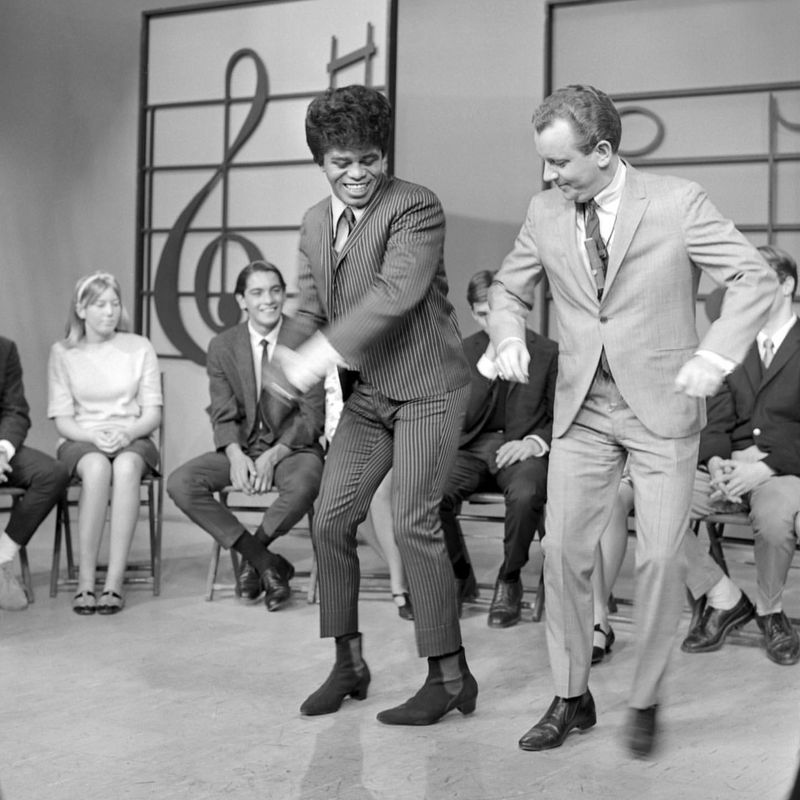
The Boogaloo was a fusion of Latin and African-American dance styles, gaining popularity in the 1960s. It was characterized by loose movements and rhythm.
This dance reflected the cultural blending happening in urban areas, bridging communities through music and dance. Its freeform style allowed for personal expression.
Though the Boogaloo faded with the rise of disco, its influence remained in later dance styles. It is remembered for its vibrant energy and cultural significance in dance history.
The Hustle
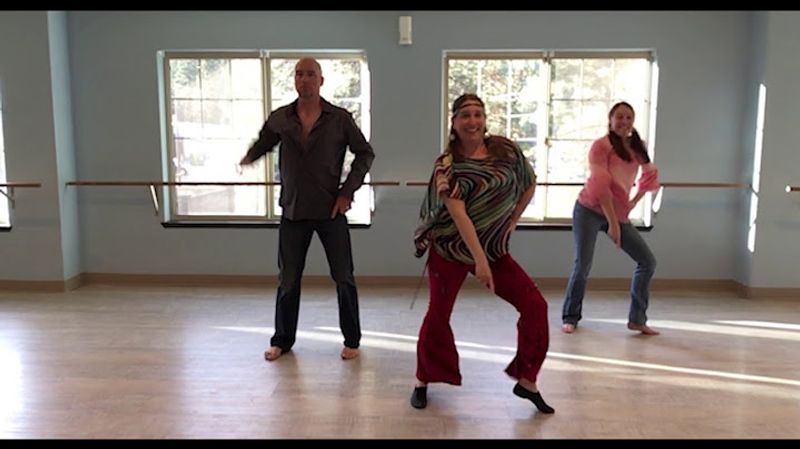
The Hustle was a defining dance of the disco era in the 1970s, characterized by smooth movements and syncopated steps.
Popularized by the hit film ‘Saturday Night Fever,’ it became a staple in discos worldwide. The dance encouraged partner interaction and showcased individual flair.
Despite the decline of disco, the Hustle’s influence persisted in dance culture, celebrated for its elegance and style. It remains a nostalgic favorite for those reminiscing about the glamorous disco days.
The Mashed Potato
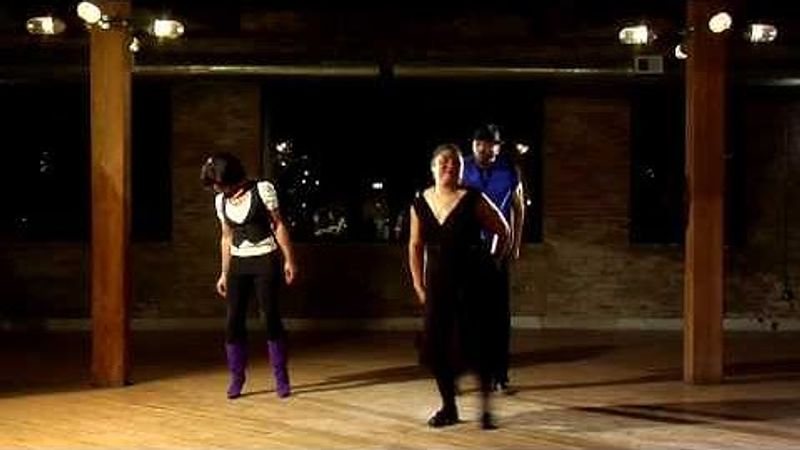
The Mashed Potato was a popular dance in the early 1960s, known for its lively footwork and catchy rhythm.
Dancers would shift their weight back and forth, mimicking the action of mashing potatoes. It was often paired with upbeat rock and roll music.
Though it faded as new dances emerged, the Mashed Potato left a lasting impression. It is remembered for its playful and energetic style, often revived in nostalgic tributes to the sixties.
The Electric Slide
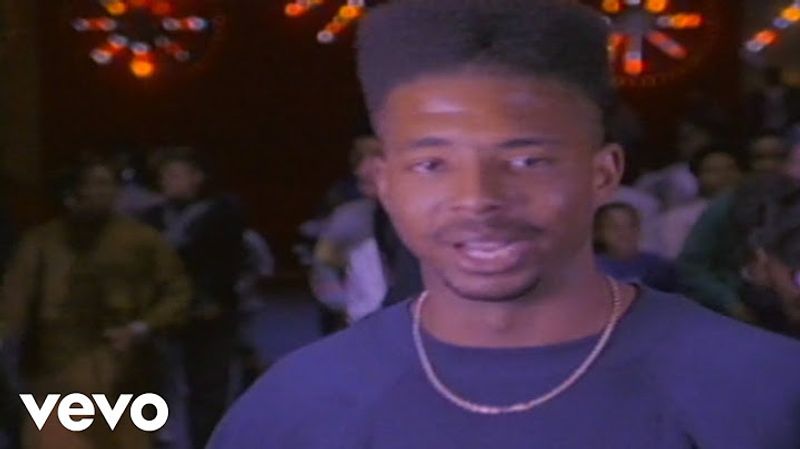
The Electric Slide emerged in the late 1970s, becoming a favorite at parties and community gatherings. It was a simple line dance.
Its repetitive steps made it easy for anyone to join, promoting unity and fun. This dance was often accompanied by disco or funk music.
Though its popularity waned, the Electric Slide remains a staple at weddings and parties. It symbolizes togetherness and joy, transcending generations.
The Robot
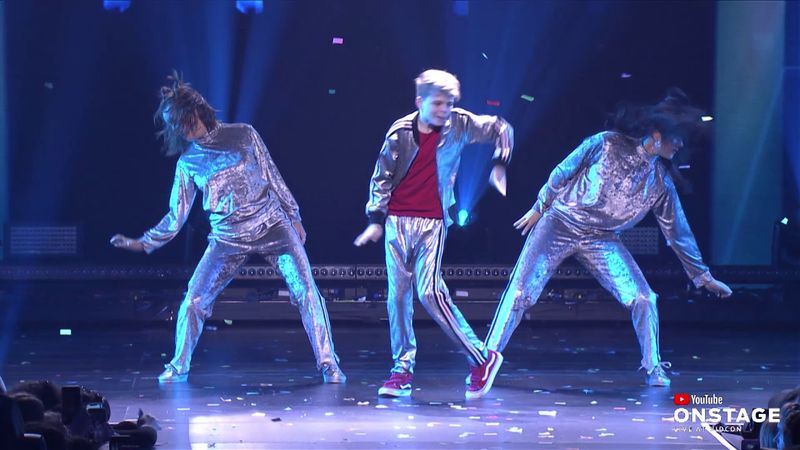
The Robot dance gained fame in the 1980s, characterized by its mechanical and precise movements. It was often performed to electronic music.
Dancers would mimic robots, creating a futuristic and mesmerizing effect. This dance showcased the growing influence of technology in culture.
Though it evolved into other street dance forms, the Robot remains iconic. It is celebrated for its creativity and innovation, representing a unique era in dance.
The Moonwalk
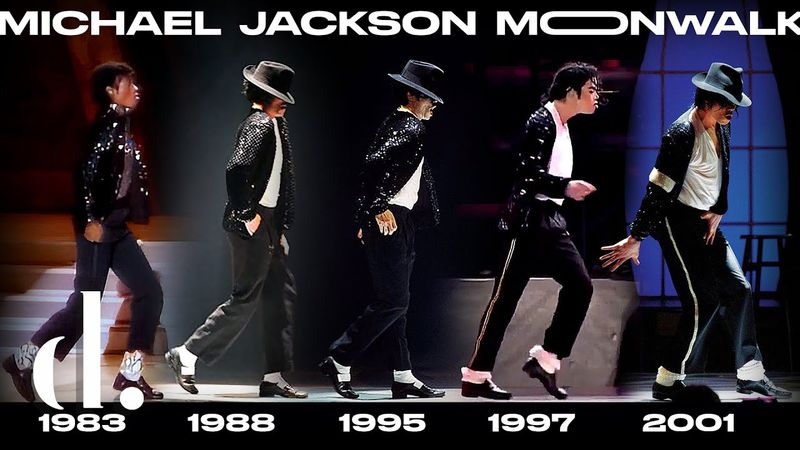
The Moonwalk was popularized by Michael Jackson in the 1980s, captivating audiences worldwide. It involved a smooth backward glide.
This dance became synonymous with Jackson’s legendary performances, showcasing his unique style and talent. It inspired countless dancers to emulate the iconic move.
Though not a full dance trend, the Moonwalk’s impact was immense. It remains a symbol of innovation in dance, celebrated for its enduring appeal and influence.
The Macarena
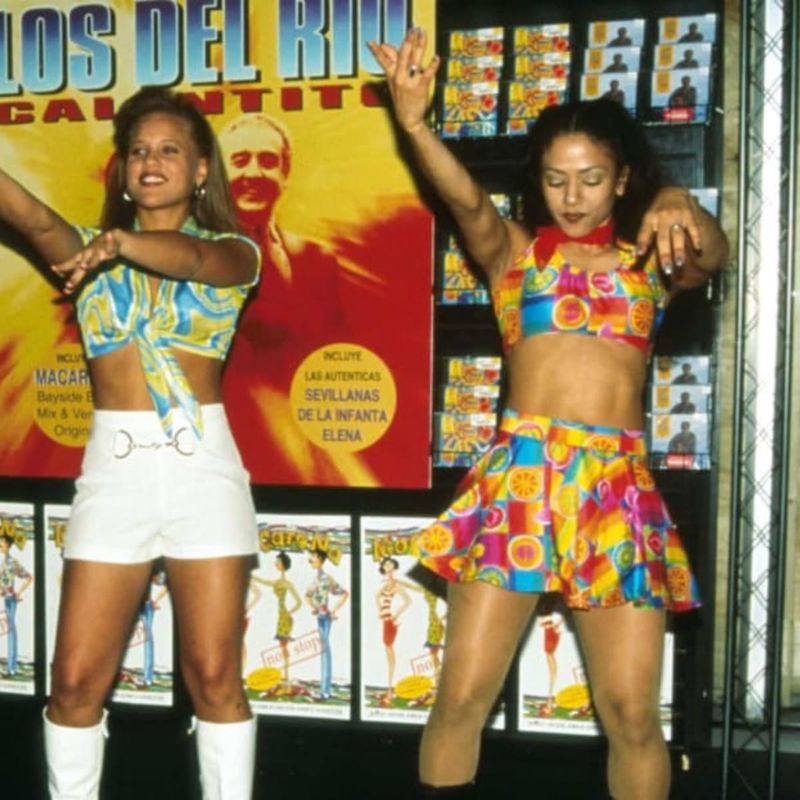
The Macarena became a global sensation in the 1990s, with its catchy tune and simple choreography. It was a staple at parties and events.
This dance involved a series of hand and hip movements, creating a festive atmosphere. Its infectious rhythm made it a universal favorite.
Though its craze eventually subsided, the Macarena remains a nostalgic memory. It is often revived at celebrations, reminding us of its joyful impact.
The Running Man
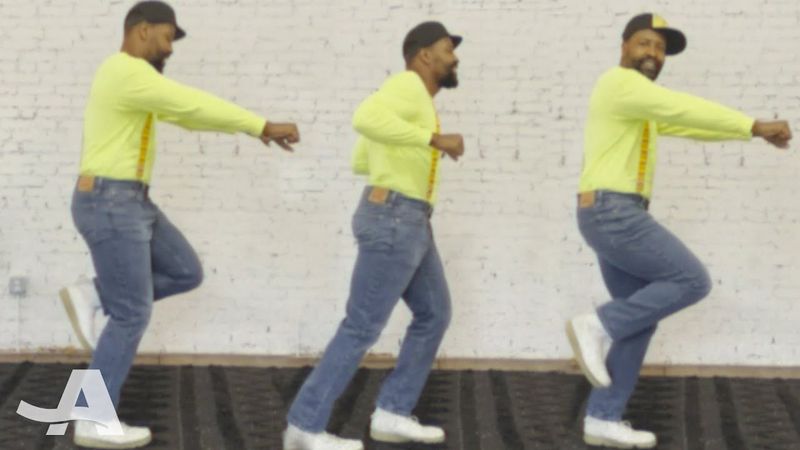
The Running Man emerged in the late 1980s, becoming a staple in hip-hop and street dance culture. It involved sliding steps that mimicked running.
This dance was known for its energy and simplicity, making it popular among young dancers. It symbolized the creativity and spirit of the era.
Though it evolved over time, the Running Man remains a beloved move in dance culture. It is celebrated for its timeless appeal and influence.
The Bump
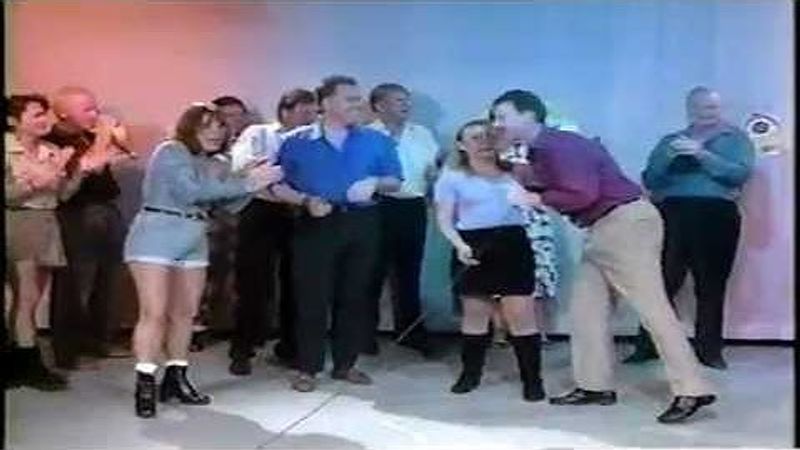
The Bump was a simple and playful dance of the 1970s disco era, involving partners bumping hips to the beat.
It was characterized by its casual and fun nature, making it a popular choice at discos and parties. The Bump brought people together in a carefree way.
Though it faded with the end of disco, its influence remains. The Bump is remembered for its lighthearted vibe, often revived in retro dance parties.
The Voguing
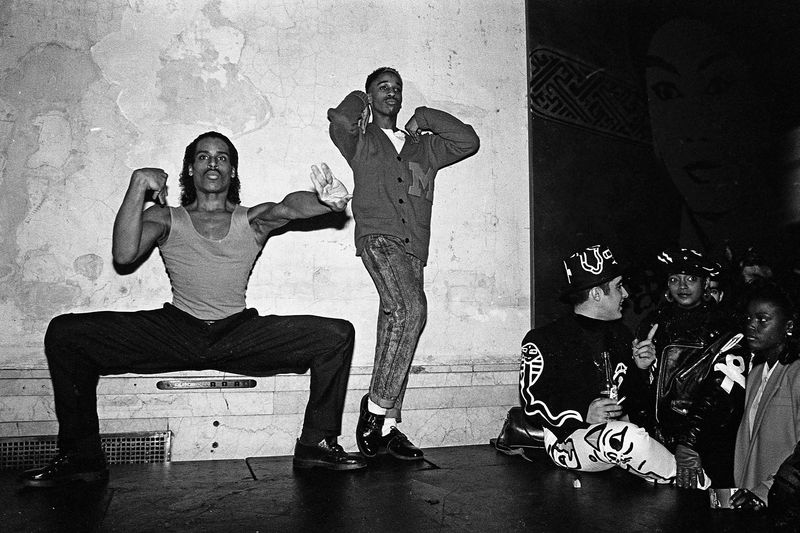
Voguing emerged from the LGBTQ+ ballroom scene in New York during the late 1980s and became popular in the 1990s. It involved striking poses inspired by fashion models.
This dance was a form of self-expression and empowerment, celebrated for its creativity and uniqueness. Voguing became a cultural phenomenon, influencing fashion and pop culture.
Though its mainstream popularity has waned, Voguing remains a vital part of queer dance culture. It continues to inspire and empower dancers worldwide.
The Lambada
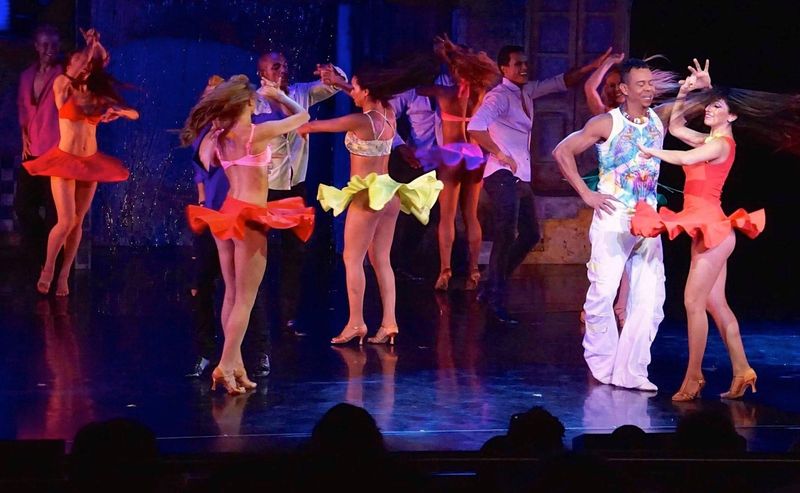
The Lambada was a dance phenomenon of the late 1980s, originating in Brazil. It was characterized by its sensual moves and rhythmic beats.
This dance became a symbol of summer and romance, capturing the imagination of dancers worldwide. Its catchy tunes and vibrant steps made it irresistible.
Though its global craze was short-lived, the Lambada left a lasting legacy. It remains synonymous with passion and rhythm, celebrated for its exotic allure.
